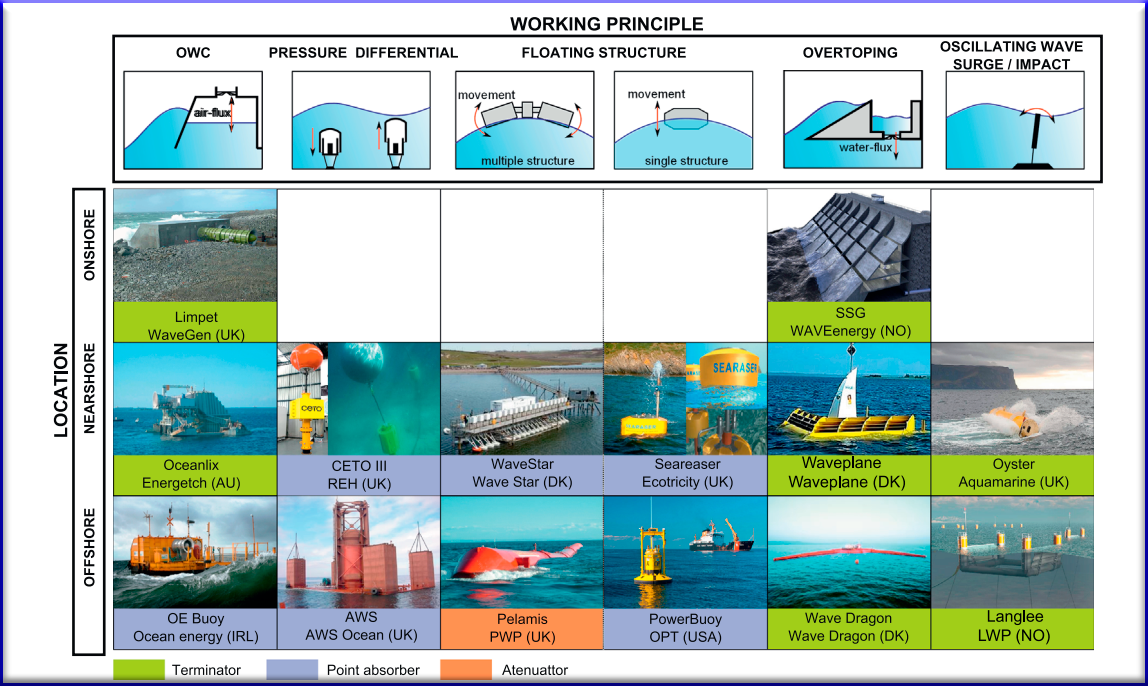Following our partner`s interest in building and exploitation of wave power generators, PSS ltd provide research of this type of renewables practicality and investment efficiency.
Energy consumption is projected to increase about 30% before 2040 (according ExxonMobil. The outlook for energy: a view to 2040. Technical Report, Exxonmobil; 2012). Considering, that traditional energy sources are finite, renewable will play sufficient, or even key part of world`s energy market. Wave energy generation is immature enough comparing to wind and solar market sectors, but it`s still has a great potential. One of the greatest benefit of Wave Energy Generator is its high energy output density – up to 3 kW/m2. For example: Solar plants could give you 0.6 kW/m2, Wind – 0.2 kW/m2. (Villate J. Situacion actual de las energías marinas y perspectivas de futuro. In: Seminario Anual de Automatica, Electronica e Instrumentacion (SAAEI), 2010). Also we can note than Wave generators gives more stable output (up to 90% of time compared to 20-30% of Solar and Wind generators), has a great predictive capacity and good correlation between resources and demand, don`t have essential environmental interference.
But still there are some challenges Wave energy converters need to overcome. Mostly, this problems associated to wave situation instability, difficulties of random and the oscillatory motion of waves conversion, withstanding of extreme wave conditions. All this factors have an influence on commercial competitiveness and affordability.
Table below represents working principles, locations and example of existing Wave power generators:

Source: Review of wave energy technologies and the necessary power-equipment. Iraide López.

